Koolie vs. Newfoundland: Breed Differences and Similarities
Weight Gain Potential
Which breed eats more: Koolie or Newfoundland?
Koolie has average risk of obesity, needs daily walks and quality diet to maintain healthy weight.
Newfoundland has high obesity risk, needs regular exercise and food control to maintain healthy weight.
Hypoallergenic
Are Koolies or Newfoundlands hypoallergenic, or neither?
Unfortunately, neither Koolie nor Newfoundland are hypoallergenic, which may not make them the best choice for dog lovers who suffer from pet allergies.
Temperament
What are the personalities of Koolie and Newfoundland dogs?
Dominant
Dedicated
Temperate
Diligent
Intelligent
Affectionate
Cheerful
Intelligent
Social
Gentle
Courageous
Loyal
Sweet
Shedding Level
Do Koolies shed more than Newfoundlands, or which breed sheds more, Koolies or Newfoundlands?
Koolies are moderate shedders, but regular brushing can reduce shedding and maintain coat health.
Newfoundlands shed a lot of hair each year, so frequent brushing is essential for reducing shedding and maintaining coat health.
Watchdog Ability
Which dog breed makes a better watchdog, the Koolie or Newfoundland?
Koolies make excellent watchdogs - they're vocal and protective of their territory.
Choose a Newfoundland if you want a top-notch watchdog. This breed takes guarding seriously, and may not require much training, though obedience or guard dog training can improve their skills.
Origin
What is the origin of Koolie and Newfoundland dog breeds?
Australia
Canada
Ancestry
What are the origins of Koolie and Newfoundland breeds?
Collie-type Herding Dog, Dingo
tibetan mastiff
Breed recognition
Which kennel clubs recognize/register Koolie and Newfoundland?
America's Pet Registry
Australian National Kennel Council
Dog Registry of America Inc.
American Canine Registry
American Kennel Club
America's Pet Registry
Canadian Kennel Club
Dog Registry of America Inc.
Federation Cynologique Internationale
Kennel Club of Great Britain
North American Purebred Registry, Inc.
American Canine Association, Inc.
Australian National Kennel Council
Continental Kennel Club
National Kennel Club
New Zealand Kennel Club
United Kennel Club
Date of Birth
When were Koolie and Newfoundland breeds first developed?
1800s
1700s
Breed Group
What is the Breed Group of Koolie and Newfoundland?
Working, Herding
Working (AKC:1886)
Guardian Dog (UKC)
Eye Color Possibilites
What are the eye colors of Koolie and Newfoundland dogs?
Blue
Hazel
Brown
Amber
Brown
Nose Color Possibilites
What are the natural nose colors of Koolie and Newfoundland?
Blue
Black
Brown
Isabella
Black
Coat Color Possibilites
What are the natural colors of the coat for Koolie and Newfoundland breeds?
Black
Brown
Red
Blue
Black
Gray
Brown
Cream
Pied
Brindle
Coat Length
What is the typical coat length for Koolie and Newfoundland breeds?
Koolies have short coats.
Newfoundlands have longer coats compared to most dogs.
Coat Density
What is the density of the coat of Koolie and Newfoundland?
Coat Texture
What is the hair texture of Koolie and Newfoundland?
Straight
Wavy
Litter Size
What is the usual litter size for Koolie and Newfoundland?
A Koolie can have a litter of 16-18 puppies on average. However, it's worth noting that the size of the litters can vary greatly. Factors that can influence litter size include the health of the mother, breeding history, and genetics.
A Newfoundland can have a litter of 9-12 puppies on average. However, it's worth noting that the size of the litters can vary greatly. Factors that can influence litter size include the health of the mother, breeding history, and genetics.
Adaptability
The adaptability of Koolie and Newfoundland dogs is a well-known trait. They are known for being able to adjust well to different living environments and lifestyle changes.
Health Issues
Between Koolie and Newfoundland, which breed is more prone to health problems?
While the Koolie breed is generally healthy, occasional vet check-ups are still necessary to address any health concerns.
The Newfoundland breed is generally very healthy, requiring minimal vet visits. Still, it's important to keep an eye on their health and seek veterinary care when needed.
Major Concerns
What are the major health concerns for Koolie and Newfoundland breeds?
Deafness
Congenital Eye Defects
Gastric Torsion
Elbow Dysplasia
Pulmonic Stenosis
Hip Dysplasia
Subvalvular Aortic Stenosis
Minor Concerns
What minor health issues should be kept in mind when owning Koolie and Newfoundland?
Canine Hip Dysplasia (Chd)
Skin Allergies
Entropion
Cataract
Osteochondritis Dissecans
Occasional Tests
What occasional tests are recommended for Koolie and Newfoundland breeds?
Skin Evaluation
Eye Examinations
BAER Testing
X-rays or other radiographic imaging
Cardiac
Eye
Hip
Elbow
Blood
X-Rays
Eye Examination
Physical Examination
Energy
How do the energy levels of Koolies and Newfoundlands compare?
Koolies' high energy levels make them unsuitable for a low-key dog, choose accordingly.
Newfoundlands are suitable for those with a balanced lifestyle as they have an average energy level.
Social Needs
Koolie vs Newfoundland social needs comparison
Koolie and Newfoundland have above average social needs compared to other breeds. They thrive in environments where they have a lot of interaction with humans and other dogs.
Exercise Needed
Koolie vs Newfoundland exercise need comparison.
Koolies require significant physical activity and suit those with an active lifestyle.
Newfoundlands need moderate physical activity and are great for families and active individuals.
Sleeping Need
Which of the two sleeps the most/least: Koolie or Newfoundland?
Koolies sleep less than other breeds but still need adequate sleep for good health.
Newfoundlands have moderate energy levels and typical sleep patterns of 12-14 hours per day.
Drooling Tendency
Which drools more/less, Koolie or Newfoundland?
Koolie has low drooling tendency, suitable for those who dislike drool marks.
Newfoundland excessively drools, consider a different breed if not appealing.
Tendency to Bark
Do Koolies or Newfoundlands bark more/less frequently?
Koolies bark moderately when necessary and may also bark due to certain triggers like fear, alarm, boredom, greeting, separation anxiety and compulsive barking.
Newfoundland dogs are generally less vocal than other breeds and only bark when necessary, such as to alert their owner or communicate.
Territorial
Is the Koolie or Newfoundland a better guard dog?
These breeds are known for being extremely protective and make excellent guard dogs. They possess a strong instinct to defend their territory and owners and have a high level of vigilance and alertness.
Mouthiness
Mouthiness Comparison: Koolie vs Newfoundland?
Roaming urge
Koolie vs Labrador: Running away tendency?
Prey Drive
Koolie or Newfoundland - which breed has a higher level of prey drive?
Past times
What are some enjoyable activities and ways to keep Koolie and Newfoundland entertained?
Herding
Making friends, Dog Parks, Catch treats, Attention, Shopping, Slow walking, Sniffing, Walk, Play, Groom, Cuddle, Swim, Eat
Activity Level
Which breed has higher energy, Koolies or Newfoundlands?
Koolies are high-energy dogs. They need mental as well as physical exercise. These dogs require a lot of your involvement and without it they can, and will, become problematic dogs.
Newfoundlands are medium-energy dogs and typically enjoy socializing and playing casual or even sustained games of chase with other dogs. They may also have occasional periods of barking or racing around the house.
Tolerance of being left alone
Walks per Week
How many miles should Koolie or Newfoundland walk each week?
Koolie and Newfoundland generally need a minimum of 15 miles of walking per week, but it can be increased as long as they are comfortable with it.
Activity per Day
Do Koolies or Newfoundlands require more exercise?
In general most Koolies usually need at least 90 minutes of exercise daily. This can be spread across the day and include all sorts of high-energy activities, like walking, running and playing.
In general most Newfoundlands usually need at least 60 minutes of exercise daily. This can be spread across the day and include all sorts of high-energy activities, like walking, running and playing.
Grooming
Which breed is easier to maintain in terms of grooming, Koolies or Newfoundlands?
The Koolie has low grooming needs and is easy to maintain.
Newfoundlands have high grooming needs, requiring regular trims and professional grooming assistance to keep their coat healthy.
Brushing Frequency
What is the recommended brushing frequency for Koolie and Newfoundland dogs?
Koolie and Newfoundland should be brushed at least once a week. Of course, you can give them more frequent brushes if you find that they are still shedding a lot.
Brushing Tools
What brushing tools are used for Koolies and Newfoundlands?
Pin Brush
Slicker Brush
Comb
Nail Clipper
Pin Brush
Slicker Brush
Deshedder
Nail Clipper
Cups
How much food should be given to Koolie or Newfoundland in cups?
For an average 33-53 pound (15 - 24 kg) Koolie feed 2.5 cups daily. But, keep in mind, the amount you feed is going to be dependent on the quality of the food you are feeding.
For an average 130-150 pound (59 - 68 kg) Newfoundland feed 4 cups daily. But, keep in mind, the amount you feed is going to be dependent on the quality of the food you are feeding.
Daily Cost
Which breed has a higher daily cost, Koolie or Newfoundland?
The average cost of a Koolie is somewhere $1.70 - $2.00 per day.
The average cost of a Newfoundland is somewhere $4.20 - $4.80 per day.
Monthly Cost
Which breed has a higher monthly cost, Koolie or Newfoundland?
The average per month expenses of a Koolie is between $48 - $63. This makes an average of $576 - $756 per year. It will be on the higher side when the dog is still small because it will need more frequent visits to the vet, shots.
The average per month expenses of a Newfoundland is between $126 - $143. This makes an average of $1512 - $1716 per year. It will be on the higher side when the dog is still small because it will need more frequent visits to the vet, shots.
Intelligence
Comparing Intelligence: Koolies vs Newfoundlands
Koolies are average in obedience intelligence but have a high IQ and may cause trouble if left unsupervised.
Newfoundland is a very intelligent and trainable breed.
Sensitivity Level
How do Koolie and Newfoundland compare in sensitivity?
This breed is sensitive to its environment and best suited for patient and understanding families with a consistent routine.
This breed is sensitive and requires gentle handling and a calm home environment.
Affection Dependance
Which is the more affectionate dog breed: Koolie vs Newfoundland?
Apartment Friendly
Which breed is more apartment-friendly: Koolie or Newfoundland?
Koolies and Newfoundlands are dogs that do well in apartments with sufficient exercise, but they would really appreciate a small yard.
Child Friendly
Do Koolies or Newfoundlands have a friendlier temperament towards children?
Koolies are good with kids if socialized and trained from a young age.
Newfoundlands make excellent family pets for kids due to their gentle, protective nature and calm temperament.
Senior-friendly
Which dog is more suitable as a pet for the elderly - Koolie or Newfoundland?
Cat Friendly
Do Koolie or Newfoundland breeds have a better compatibility with cats?
Koolies are average in their friendliness toward cats and tend to do well with them, especially if raised together.
Newfoundlands are very friendly with cats and make great companions for them.
Dog Friendly
Which breed is more sociable with other dogs: Koolie or Newfoundland?
Koolies are average in their friendliness towards other dogs, and socialization can help.
Newfoundlands are friendly and active companions, and can be good family pets, though their friendliness towards other dogs may vary.
Pet friendly
How do Koolie or Newfoundland dogs interact with other pets?
Stranger Friendly
Which breed is more friendly with strangers: Koolie or Newfoundland?
Koolies are quick to announce strangers and can be standoffish or suspicious.
Newfoundlands are friendly but may bark at strangers, and training is easy due to their intelligence.
Playfulness
Which breed is more playful between Koolie and Newfoundland?
Koolie and Newfoundland have an average level of playfulness. Like other dogs, they enjoy playing, but they are not the most playful dog breed.
Trainability
How do the trainability levels of Koolies and Newfoundlands compare?
Koolies are usually easy to train but require consistency to fully obey commands.
Newfoundlands are popular for their ease of training and quick learning ability.
Compare Koolie with other breeds
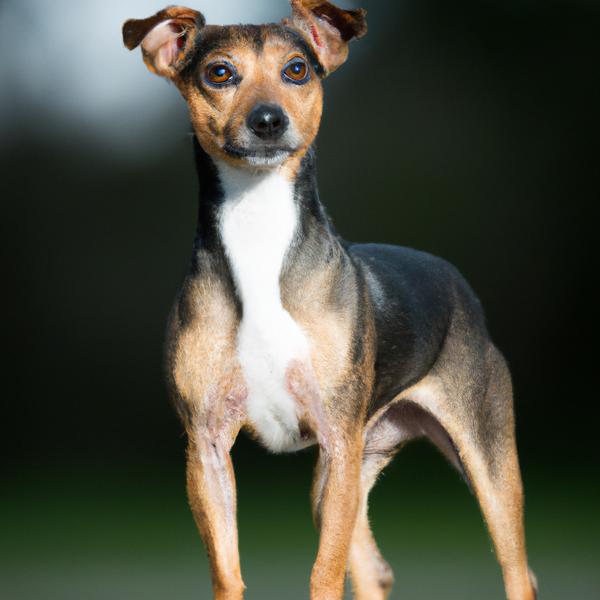
Ratshi Terrier
Koolie vs Ratshi Terrier
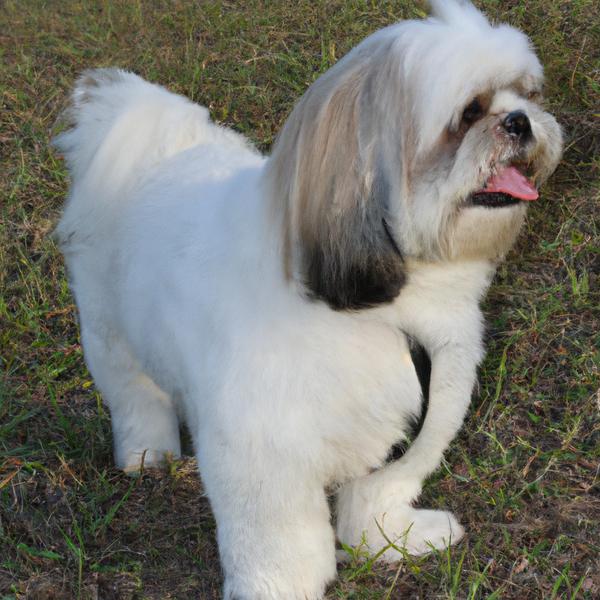
Shih Apso
Koolie vs Shih Apso
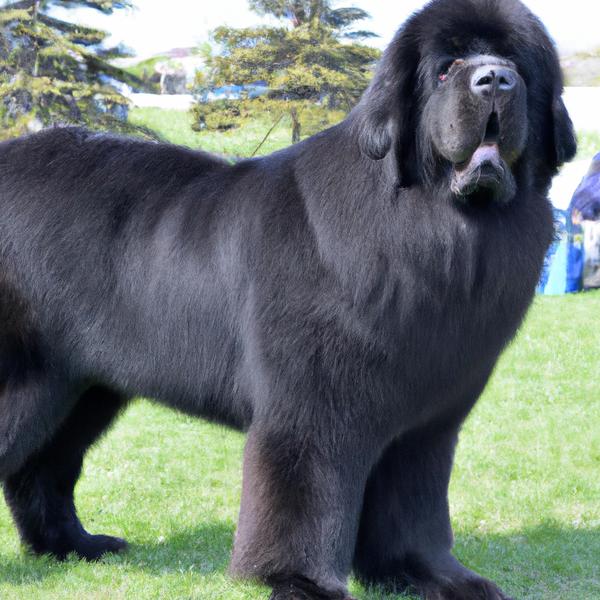
Newfoundland
Koolie vs Newfoundland
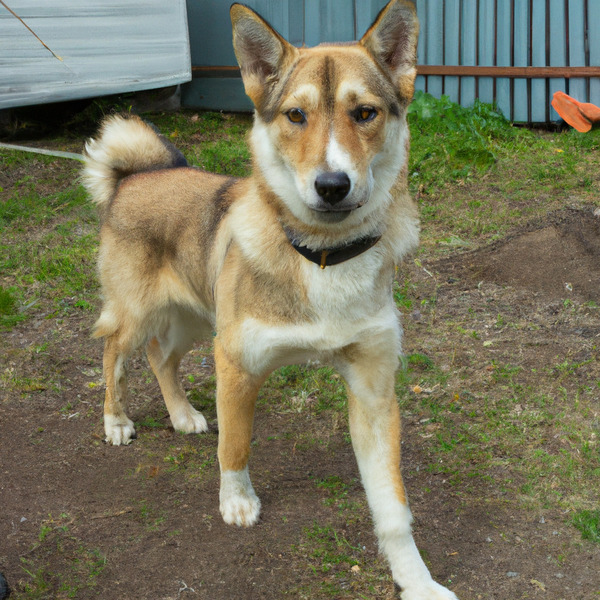
East Siberian Laika
Koolie vs East Siberian Laika
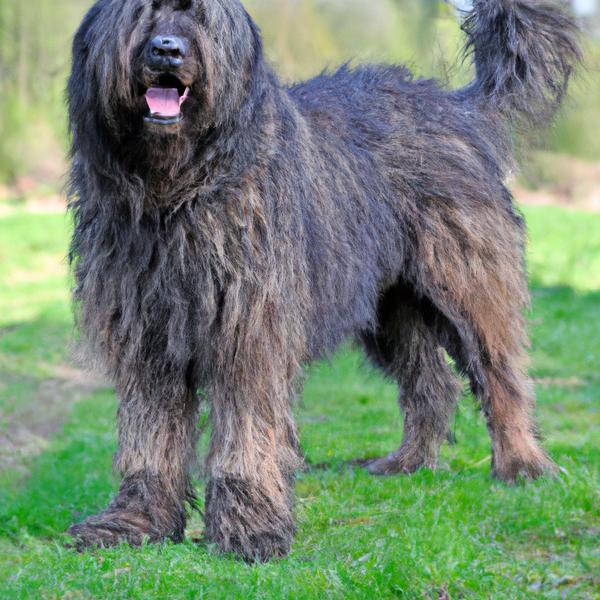
Bergamasco Shepherd
Koolie vs Bergamasco Shepherd
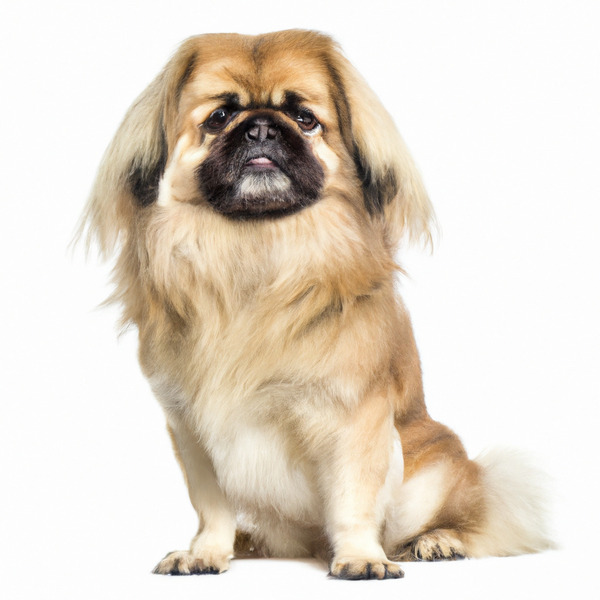
Tibetan Spaniel
Koolie vs Tibetan Spaniel

Standard Kerry Blue Schnauzer
Koolie vs Standard Kerry Blue Schnauzer
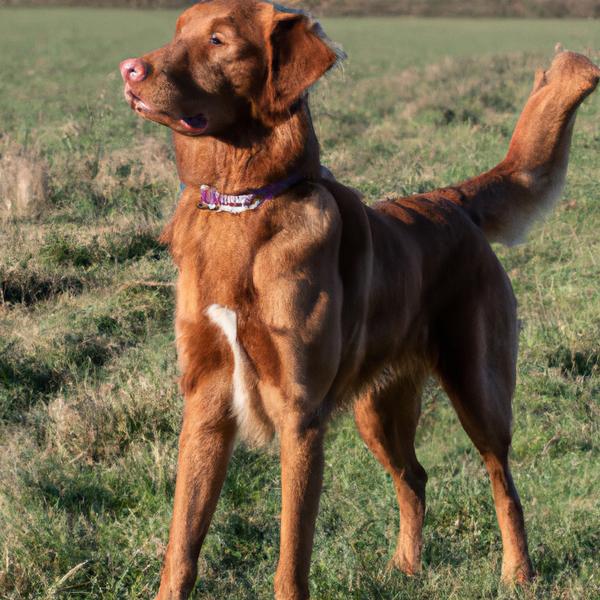
Chatham Hill Retriever
Koolie vs Chatham Hill Retriever

American Bull Dogue De Bordeaux
Koolie vs American Bull Dogue De Bordeaux
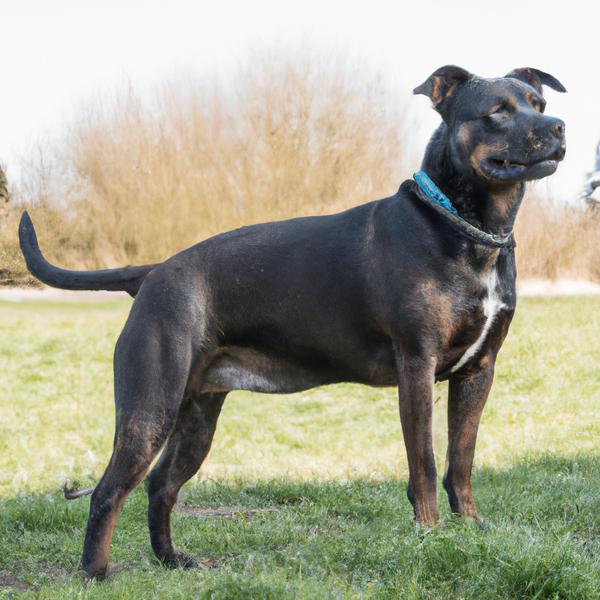
Staffweiler
Koolie vs Staffweiler
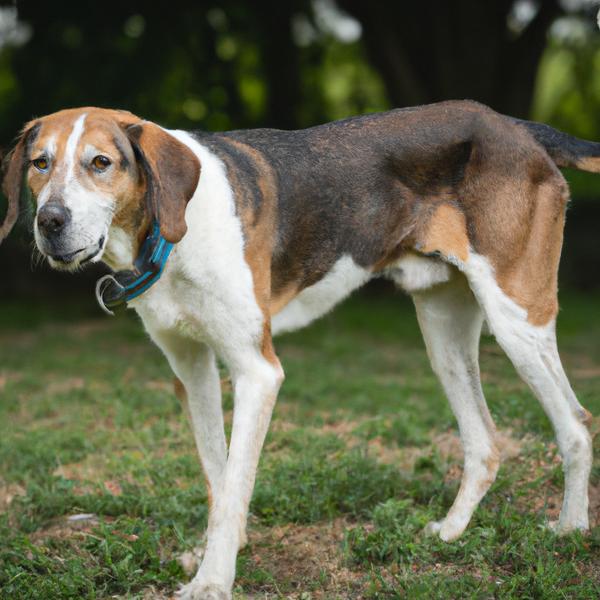
Mally Foxhound
Koolie vs Mally Foxhound
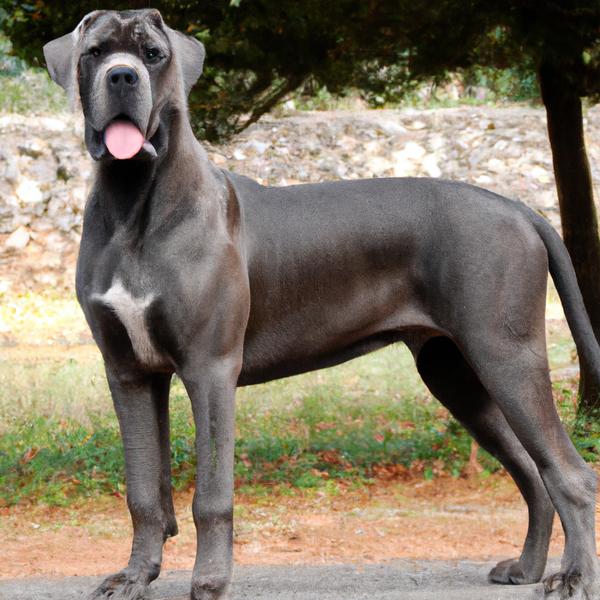
Presa Dane
Koolie vs Presa Dane
